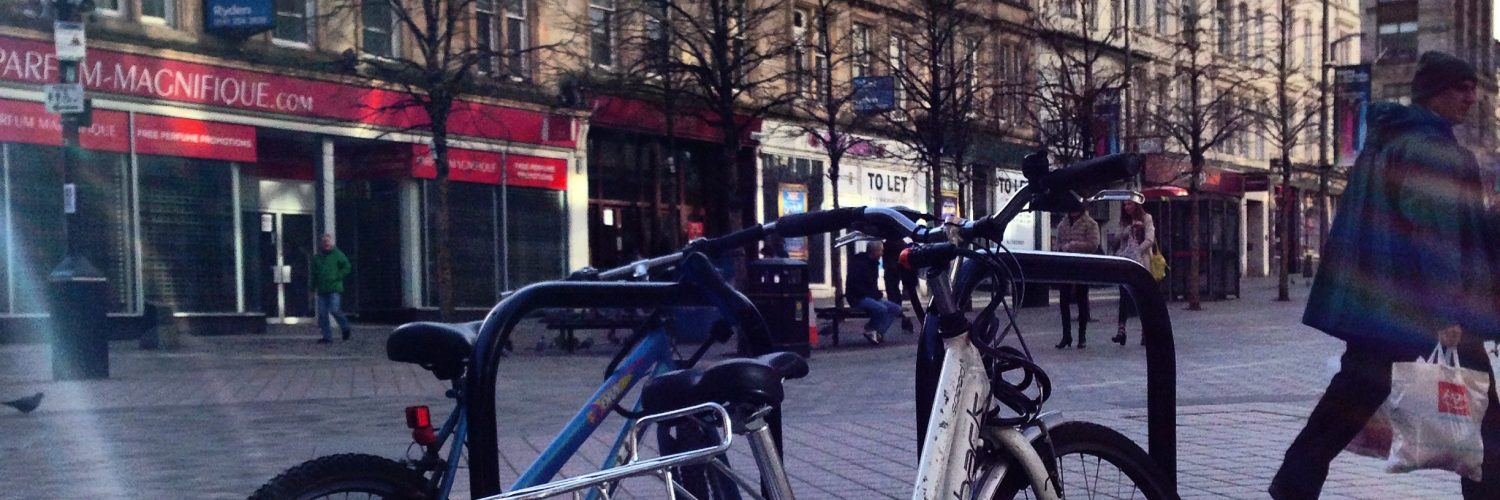Emergencies
Post do ReadWriteWeb informa sobre relatório mostrando como as midias de função pós-massiva são importantes também em situações de crise. O relatório apresenta resultados em relação aos últimos incêndios na Califórnia. Escrevemos um artigo sobre o papel das tecnologias móveis e blogs durante as Tsunamis. O relatório mostra como blogs, micro-blogs (principalmente Twitter nos incêndios e em terremoto no UK em fevereiro último) e software sociais, destacando o Facebook, são instrumentos importantes para informações localizadas e em tempo real. Mais uma característica locativa das mídias de função pós-massiva que as diferenciam das mídias de função de massa que nesse caso específico não fornciam dados confiáveis e centrava o foco no aspecto sensacionalista do evento.
Trechos:
“A study that will appear in tomorrow’s New Scientist magazine found that social media sites, blogs, and instant messaging services were better at connecting people and providing warnings during emergencies than traditional sources of such information, according to the Telegraph. Dr. Leysia Palen, an Assistant Professor of Computer Science at the University of Colorado, led a research team that studied uses of social media during last fall’s wildfires in California and last spring’s shootings at Virginia Tech for the report.
During the wildfires, the team found that people were using Twitter to spread updates about where the fires were to friends and family, and Google maps mashups were hacked together to keep people informed of new fires and schools and businesses that were closed. This information was was being disseminated far more quickly than via official governmental channels, according to the report.
‘The mass media were unreliable, the study found, as they struggled to access remote areas from which website users with an internet connection could easily report,’ writes Andy Bloxham. The mainstream media was seen to be focusing on ‘sensational’ aspects of the fire as well, according to Palen, such as homes of celebrities that were caught by the fire.
While local authorities were still trying to organize after the shootings at Virginia Tech last April, a Wikipedia page accurately describing the shooting (according to Pelan) was online within 90 minutes of the first deaths. Students created the now famous ‘I’m OK at VT’ Facebook group a scant 20 minutes after the Wikipedia article and began using the social network to connect family and friends. (From personal experience, I can tell you that many of my friends were on Facebook within hours that day trying to track down a mutual friend who attends the school.)
As we previously reported, the role of citizen journalism has begun to be recognized by mainstream media outlets during these tragedies. During the wildfires in California, for example, CNN’s i-Report section saw dramatic growth and was eventually spun off as a standalone site.
‘Members of the public play an absolutely critical role in disaster response. Now we’re seeing what happens when you superimpose a technological layer on top of that,’ Palen told the Telegraph. ‘Instead of rumour-mongering, we see socially produced accuracy.'(…)”.
